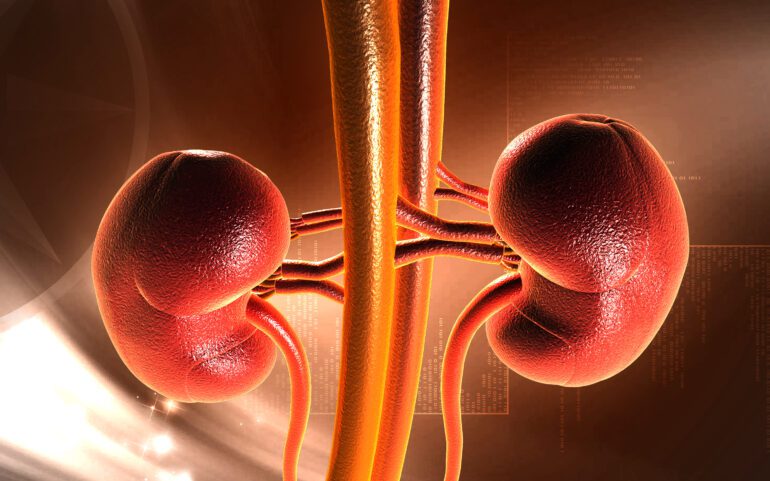TL;DR:
- University of Pennsylvania researchers employ AI to analyze genetic factors in kidney transplant success.
- Traditional HLA-based methods for graft failure risk assessment are giving way to FIBRES, an innovative machine learning approach.
- FIBRES utilizes evolutionary algorithms to construct AA-MMs bins, enhancing precision and accuracy.
- The strategy effectively categorizes transplant pairs into high and low-risk groups, showcasing the potential to reshape transplantation protocols.
- FIBRES outperforms conventional methods, identifying more low-risk patients and offering superior risk stratification.
- Cross-validation tests validate the robustness and generalizability of FIBRES predictions.
- While promising, FIBRES requires larger datasets and aims for expanded applications in the future.
Main AI News:
In the realm of medical advancements, artificial intelligence (AI) stands as a beacon of hope, casting its analytical prowess on the genetic intricacies of kidney transplantation. The University of Pennsylvania’s team of researchers has embarked on a groundbreaking journey, harnessing the power of innovative machine learning algorithms to unravel the enigmatic relationship between amino-acid mismatches (AA-MMs) and the peril of graft failure.
Traditionally, assessing the risks of graft failure in kidney transplants hinged on Human Leukocyte Antigen (HLA) mismatches. However, this conventional approach is now giving way to a cutting-edge strategy known as FIBRES (Feature Inclusion Bin Evolver for Risk Stratification). The brilliance of FIBRES lies in its application of evolutionary algorithms to construct AA-MMs bins, casting aside assumptions and embracing data-driven precision. By categorizing transplant pairs into high-risk and low-risk groups for graft survival, this approach showcases its potential to reshape the landscape of organ transplantation.
The prowess of FIBRES resides in its meticulously crafted methodology. Employing an evolutionary algorithm, it finetunes the fitness of AA-MMs bins for optimal graft failure risk stratification. Like a skilled artisan, it identifies high-performing ‘parent’ bins, birthing novel ‘offspring’ bins through intricate processes of recombination and mutation of amino acid positions within the bins. A crucial safeguard, the “risk strata minimum,” ensures the reliability of the statistical results generated by FIBRES.
This groundbreaking approach manifests its potential across three comprehensive analyses. Firstly, it constructs bins using AA-MMs across five HLA loci, setting the stage for meticulous risk stratification comparisons. Secondly, it delves into the granularity of AA-MMs within each HLA, enhancing precision. Lastly, it demonstrates its mettle through rigorous cross-validation, cementing the robustness of the FIBRES bin risk prediction model.
The outcomes of this research are nothing short of remarkable. The FIBRES strategy shines a light on a new era of risk assessment, outshining the conventional 0-ABDR antigen mismatch methodology. A profound revelation emerges: a staggering 24.4% of kidney transplants display low risk when assessed through the lens of AA-MMs, in stark contrast to the 9.1% identified by the outdated 0-ABDR approach. The implications are clear, and the generalizability of FIBRES bin risk prediction holds strong, substantiated by the rigorous cross-validation tests.
While the pathbreaking FIBRES approach holds tremendous promise, its journey is far from complete. The researchers humbly acknowledge that more expansive datasets are the need of the hour. With a futuristic vision, they outline a roadmap for further refinements: expanding binning to encompass additional HLA loci, discerning disparities between first-time and re-transplant recipients, and adapting FIBRES to accommodate multifaceted risk stratification, with the ability to uncover the pivotal AA-MM weights that underscore the significance of each mismatch.
Conclusion:
In the dynamic landscape of healthcare, the University of Pennsylvania’s groundbreaking research ushers in a new era of kidney transplant risk assessment. The AI-driven FIBRES approach showcases the potential to significantly enhance precision and patient outcomes. As this innovative methodology gains traction, the market can anticipate a shift towards data-driven decision-making, potentially leading to optimized organ transplantation protocols and improved patient care.

